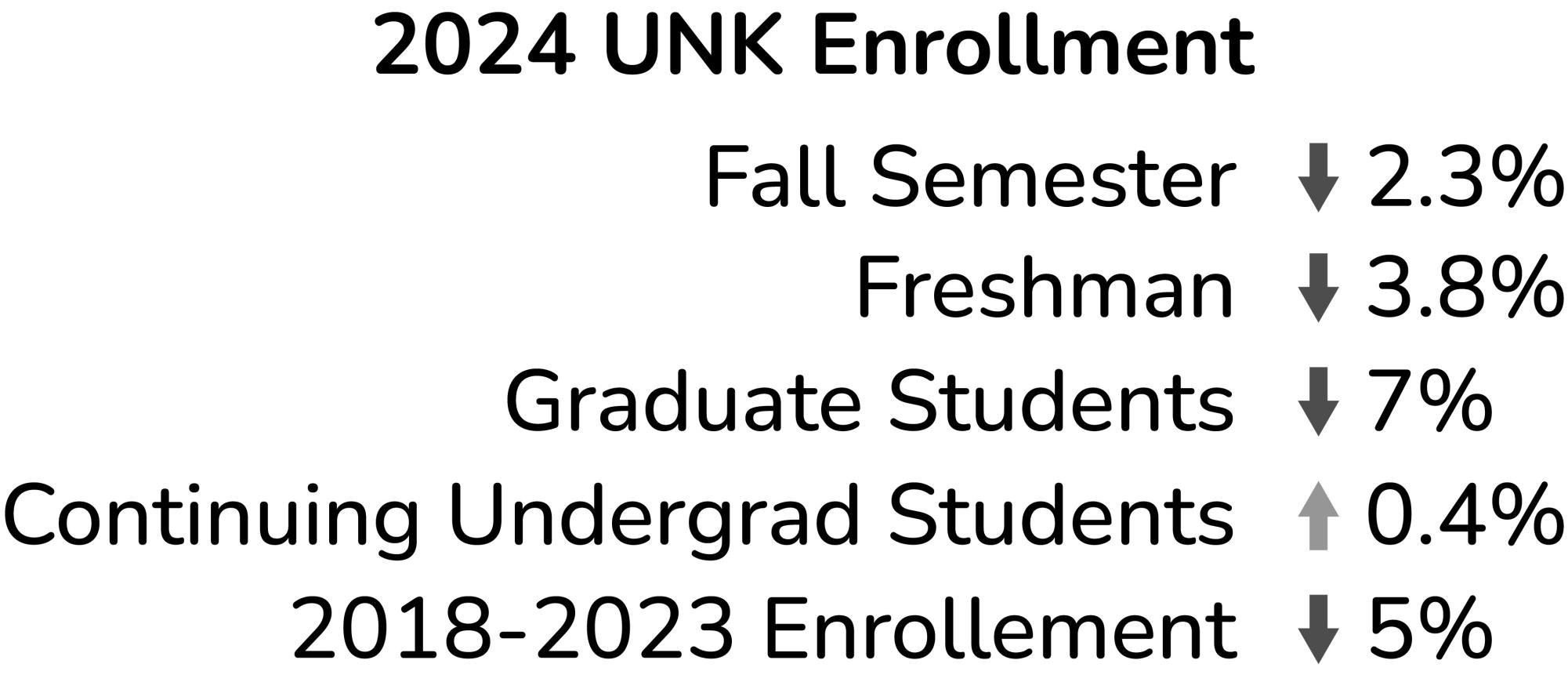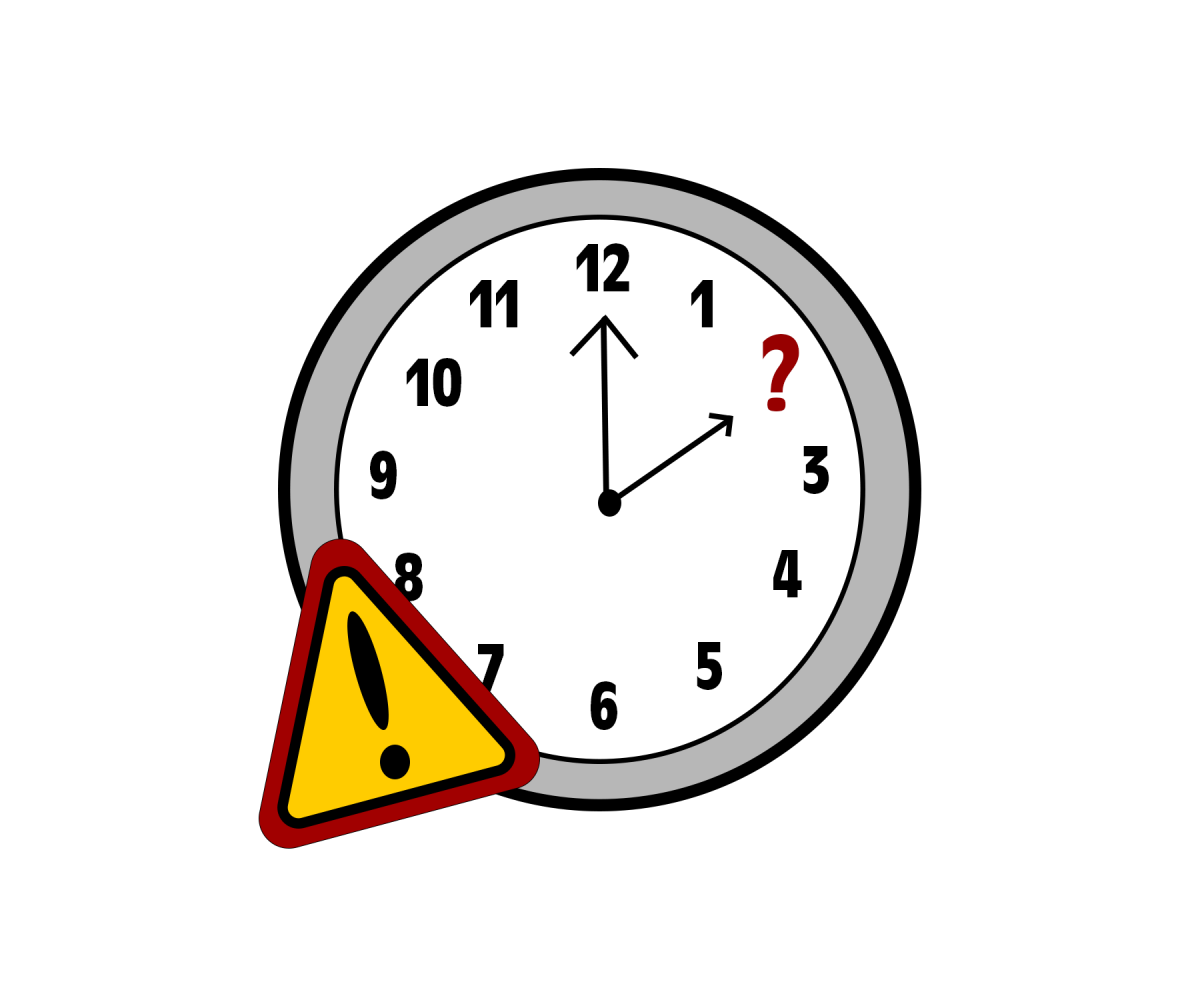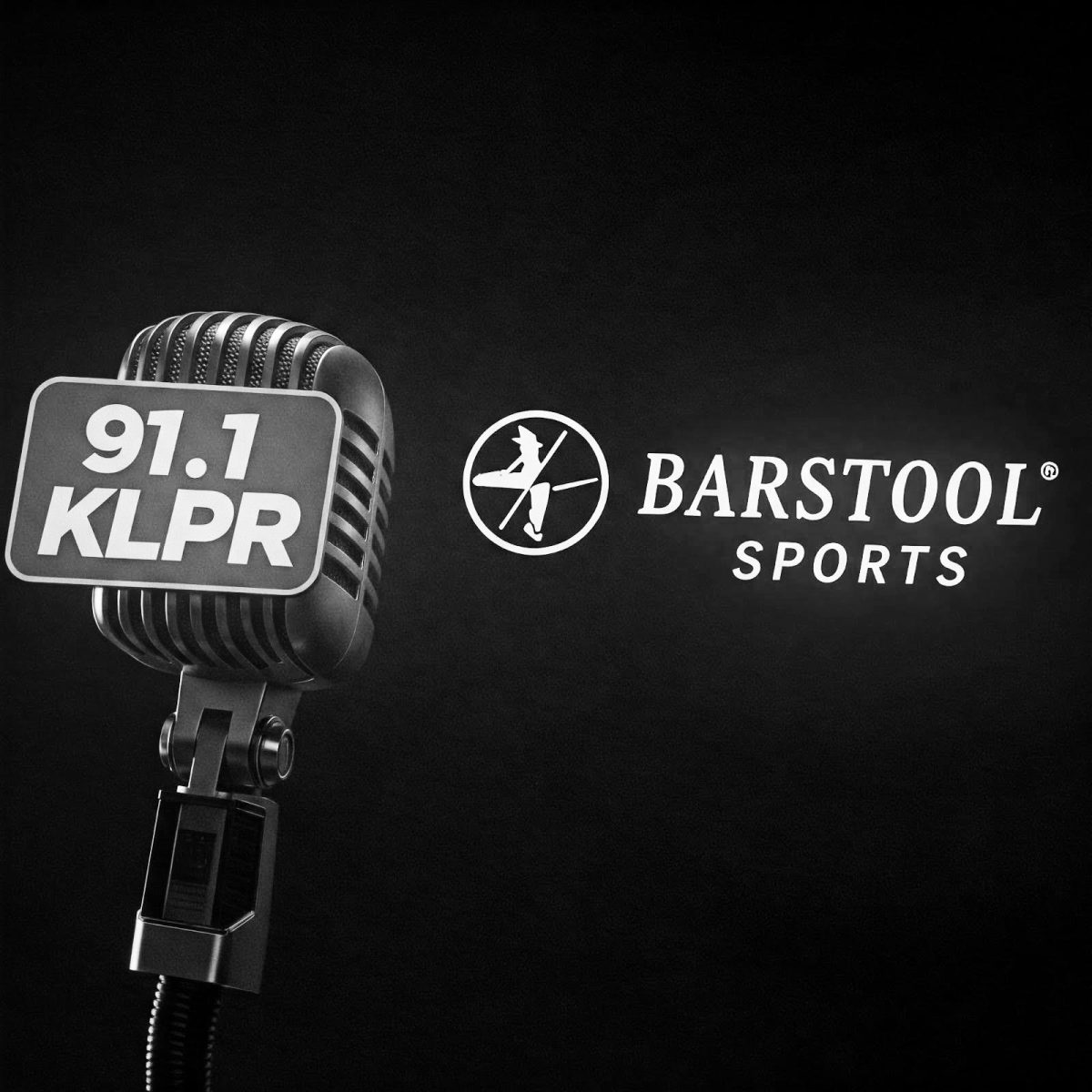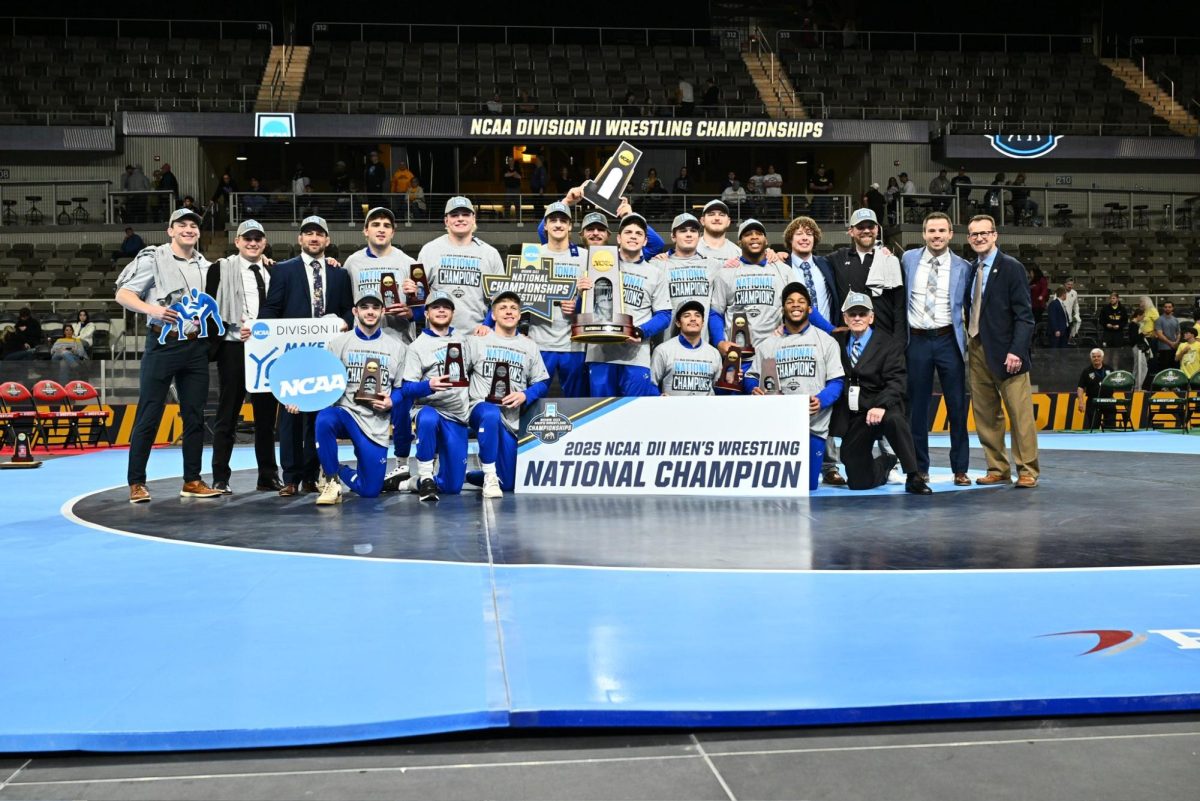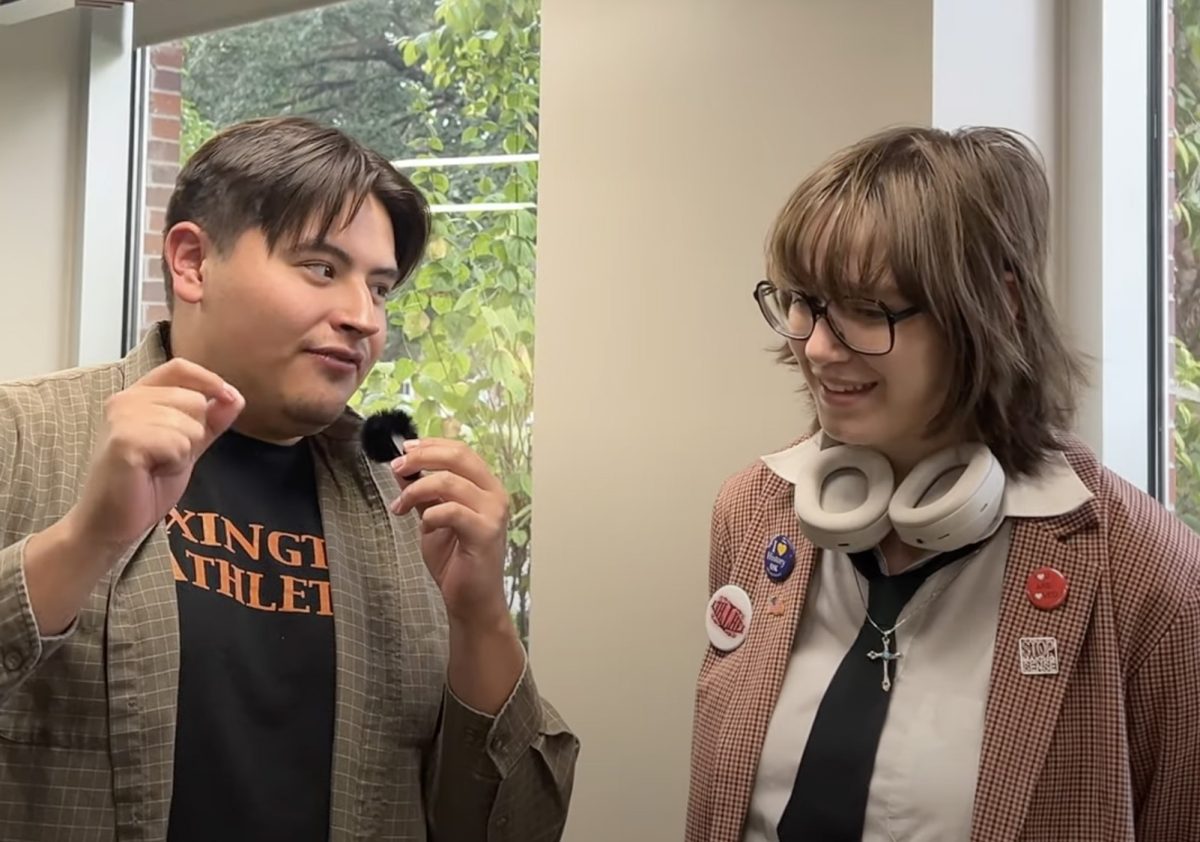UNK’s enrollment for fall 2024 decreased by 2.3% to 5,881 students, 136 fewer students than in fall 2023. Undergraduate enrollment decreased by 11 students to 4,213.
Kelly Bartling, vice chancellor of enrollment management and marketing, said she has been tracking the demographic shift.
“I think in particular, because of our rural location, we’re even more susceptible to the swings in birth rates and people wanting to enter the workforce and things like that,” Bartling said. “So our focus is making sure that we’re doing whatever we can to recruit and retain students, that serves our mission.”
According to a UNK press release, there are currently 875 first-time freshmen enrolled, which is 3.8% less than in fall 2023, but more than in fall 2022. Of the current first-time freshmen, 13.3% are not residents of Nebraska.
The New Nebraskan scholarship is currently being offered to attract potential out-of-state students.
“We’re trying to recruit from Colorado, Kansas (and) in particular the states that border Nebraska, because those people are more aware of UNK,” Bartling said. “We have discounts for out-of-state students, undergrads in particular, to come to UNK, and we’re trying to promote and recruit in those states as well so we can capitalize on the increase in population in those states.”
Enrollment for graduate students also decreased by 7% to 1,688 students, 125 less than in fall 2023. The graduate programs that saw an increase at UNK include communication disorders, art and art history, English and health science.
Retention also plays a large role in keeping enrollment up at UNK. The number of continuing undergraduate students increased 0.4% from 2023 to 4,267 students.
The Loper Success Hub, located in the Calvin T. Ryan Library, is one way UNK staff are working to retain current students.
“It’s often said that it costs more to recruit a student than it does to retain them, so we’re putting resources into retention,” Bartling said. “The new Loper Success Hub is one of the initiatives we are investing in to make sure that the students who arrive here are retained and graduate.”
Of all the majors, management, health science and early childhood/elementary education remain the most popular. Majors that recorded the largest increases and their highest numbers in ten years include political science, physics and psychology.
The College of Business and Technology also saw an increase in student numbers at 1,071 students. Industrial technology and management had the largest increases within this.
“It’s disappointing that we’re not growing, but at the same time, because of the type of institution we are and where we’re located, when you look at what our peers are facing, we’re actually doing pretty good,” Bartling said.
